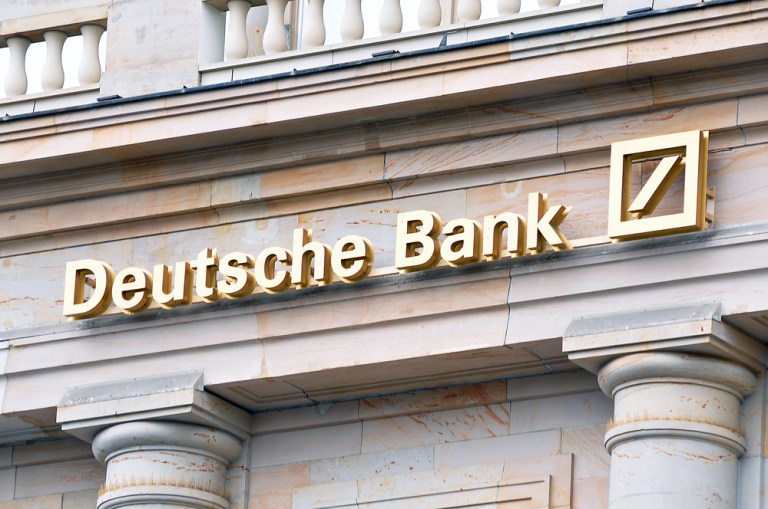These are not the best times for ink pens and crisp, elegant, handwritten signatures from corporate executives. As much of the payment and contractual paperwork that underlies the economy shifts from paper to digital (a slow but ongoing change), signatures are transforming, too. One of the latest examples of that comes from the world of corporate banking.
Deutsche Bank recently introduced digital signature capabilities for its corporate customers. The bank said it signed up U.S.-based Honeywell as the first corporate to test the new feature. The financial institution (FI) said it is implementing eSignature solutions provider DocuSign to integrate the digital signing capabilities. The bank’s goal? To accelerate account openings and other processes.
Document management and contract signing is one of the largest friction-points for the interaction between banks and corporate customers, Deutsche Bank said. Digitizing the signature process can address much of that friction.
No More Wet Signatures
In short, wet signatures are increasingly being viewed as cumbersome and less efficient, and unworthy of digitally-focused businesses.
“In an increasingly digital working environment, we are always looking to our banking partners to help us enhance efficiencies and further digitize processes,” said Honeywell’s Marie-Astrid Dubois, assistant treasurer of EMEA and Asia, in a statement. “Deutsche Bank’s new digital signature solution is a good example of how banks can introduce new technology to enhance existing banking partnerships.”
Advertisement: Scroll to Continue
The tool can be used to open new accounts or buy products from the banks, as well as to sign any documents as a part of current banking operation processes. The feature is currently available to corporate customers in the U.S., U.K., Belgium, Germany and the Netherlands. Deutsche said it plans to roll out its digital signature capabilities into the Asia-Pacific and Middle East regions next year.
Bank Advantages
Financial institutions have certain advantages in a world that is not only becoming more digital, but is encouraging payments innovations like never before, in part via such regulatory regimes as Europe’s PSD2. As a recent digital identity paper from BBVA put it, “Financial institutions are typically trusted by consumers above other institutions.” That trust can give FIs an edge when trying to gain buy-in for new products and services.
However, nothing guarantees that long-standing financial institutions will survive competition from so-called challenger banks and other upstart players. Letting customers use digital signatures might stand as one of those seemingly small, mundane features that serve to boost customer loyalty.
The move toward digital signatures in banking comes amid the current opportunity for FIs, in these early days of PSD2, to “leverage their relations with their clients by offering strong customer authentication to third-party providers above and beyond what is required by regulation,” the BBVA paper said.
“By doing this,” the paper continued, “the banks would accomplish two things: create a market for value-added services on top of the basic services required by PSD2, and strengthen the relations with the end customer [by] using the strong [electronic ID] from the bank to access other services. It could also be used as part of an attractive value proposition to corporate customers of the bank.”
Future Ideal
The potential future ideal? A situation like the one emerging in the Baltic States, where countries — especially Estonia, but also its neighbors — are building economies and civic systems in which business and governmental transactions would be wholly digital, or pretty close.
At the same time, the handwritten signature — and the entire form of handwriting — seems in danger of becoming a lost craft in the next few generations. The last few years have brought endless commentary about the demise of cursive writing, for instance. A survey report released earlier this month shows that, in the U.K., 55 percent of adults “rarely” use their signatures, with only one in five having a “consistent signature.”
All that aside, the new Deutsche Bank offering represents the latest work by a major pre-digital financial institution to leave the analog world behind.




